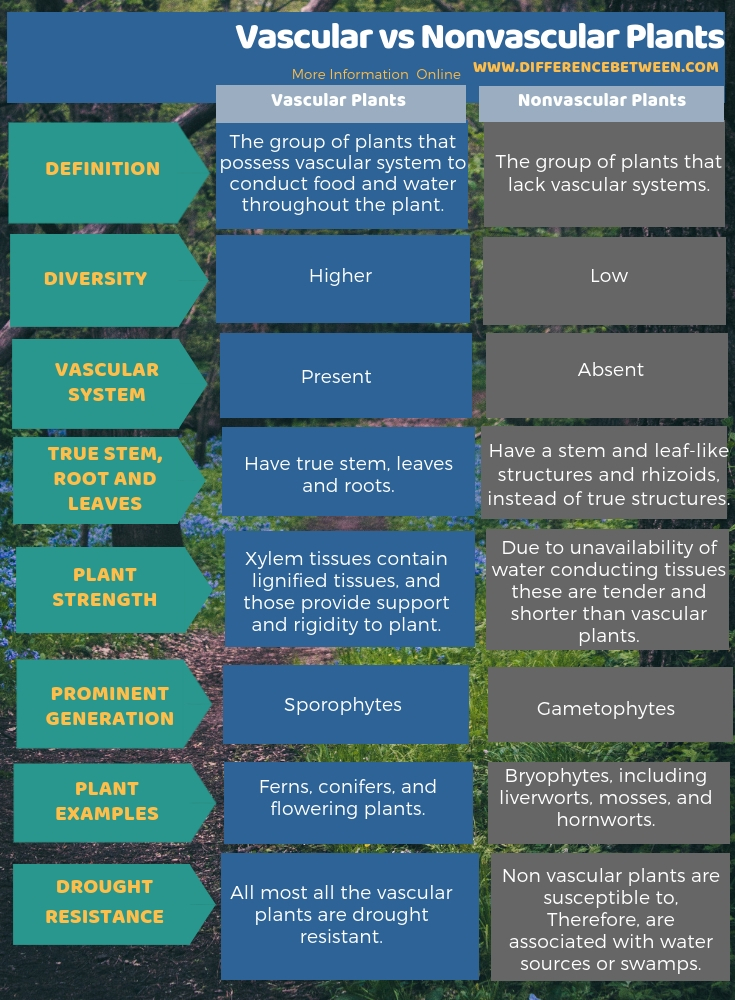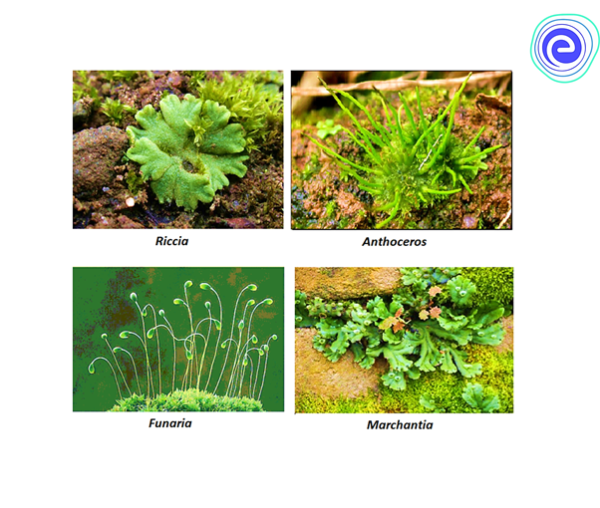Plant Classification Study Guide
Plant Classification
The classification of plants is based on their evolutionary and genetic relationship. Plant taxonomy is a branch of science that keeps changing because new species are found each day!
Plant classification is done in various ways. High-level classifications include vascular and nonvascular plants.
- The plant categories like vascular plants are further categorized into those that reproduce with and without seeds.
- Seed plants are further classified into cones, and those that produce seeds in flowers vary.
- The seed plants are called the gymnosperms, and those that produce seeds in their flowers’ ovaries are called the angiosperms.
This guide details how the classification of plants takes place. But before that, why is plant classification important?
Importance of Classifying Plants
- The main reason plant classification is done is to ensure that the right plants are named correctly for ease of identification and grouping.
- It helps identify new species
- Helps to remember the diversity of plants when they’re better organized!
- Help us identify relationships between different plants and other organisms
Classifying Plants Based On:
1. Vascular and Nonvascular Plants

2. Life Cycle
Plants can also be classified based on their life cycles.

I. Annuals
These are plants that complete their entire life cycle in a single season. These are usually herbaceous, and examples are wheat, rice, pulses, etc.
II. Biennials
These are those plants that complete their entire life cycle in two years. These are unusually herbaceous, and examples are cabbage, carrot, beetroot, and onions.
III. Perennials
Perennials are those plants that have a longer lifespan. These usually live for two or more two years, and these are either woody or herbaceous. Examples are lavender, dianthus, and lilies.
3. Taxonomy
Plants are also classified into a separate kingdom called the kingdom Plantae. The current classification system of plants is based on the evolutionary relationship of plants.
i. Coniferophyta (Gymnosperms)
- This plant group is primarily evergreen and is native to the temperate zone. Today there are close to 700 species known.
- These are vascular, which means that they do not produce flowers.
- They produce seeds without producing any fruits or flowers.
- Examples are cycads, pines, and cedars.
ii. Anthophyta (Angiosperms)
- This category of plants can grow into big trees and bushes, shrubs, and herbs.
- The angiosperms are over 250000 species in number.
- Most of the plants we see around us are grouped into this division.
- The angiosperms are characterized by their seeds, fully enclosed in fruits.
- These are divided further into Dicotyledonous and Monocotyledonous. Examples are roses, mango trees, and marigolds.
A. Monocotyledons
- These plants are usually referred to as the monocot plant.
- These are flowering plants and have seeds that contain cotyledon.
- The leaves of this plant have a venation pattern, and it is a parallel vein.
- Examples include rice, sugarcane, and corn. More than 50000 species of monocot plants are known.
B. Dicotyledons
- The Dicotyledonous or the dicot plants are flowering plants, and they grow as shrubs, herbs, and trees, and the seed contains two cotyledons.
- It has a net-like vein pattern, and its leaves radiate outwards from the main central vein. Examples are eucalyptus and figs.
We can break the plant kingdom down into further divisions! Let’s look at a few.
1. Thallophyta
This division includes various kinds of microorganisms like fungi and algae. The algae are further divided into green, brown, and red.
2. Bryophyta
These are plants found in water and land, like amphibians like mosses and liverworts.

3. Tracheophyta
Otherwise known as vascular plants. These plants contain xylem that mainly function to conduct water and dissolved minerals, and phloem, which functions mainly in the conduction of foods (sugar). This class is further divided into:
A. Pteridophyta
- These do not have any flowers or seeds like ferns and club mosses
- Ferns possess true roots, stems and leaves, produced by spores
- Life cycle and reproduction depends on spores rather than seeds, and preceded seed-forming reproductive processes
B. Gymnosperm
- These have uncoated seeds that are exposed for reproduction
- The seeds of these plants are often born in cones that are not visible until maturation
- Often grow in more northern latitudes and in colder climates
C. Angiosperm
- Also called flowering plants, they have their seeds enclosed and protected in an ovary
- Represent more than 80% of the plants we find today
- Seeds (ovules) are well protected in a hollow ovary which is in turn, often enclosed in a flower
- Fruits are then born from the flower of the plant, and in turn contain seeds for reproduction
Conclusion
- The plant’s classification makes it easy to study a wide range of plants
- It lets one understand the interrelation between different organism groups
- There are various ways in which the plant group classification happens.
- The classification can include the plant’s life cycle or whether or not they produce seeds.
- There are several other factors on the basis on which the plant kingdom can be classified.
FAQs:
1. What are the 5 classifications of plants?
The 5 classifications in the plant kingdom are thallophyta, bryophyta, pteridophyta, gymnosperms, and angiosperms.
2. What are the 4 main groups of plants?
The four major groups are mosses, ferns, flowering plants, and gymnosperms.
3. What are the 6 types of plants?
- Herbs. These are short sized and soft green plants without a woody tissue
- Shrubs. These are medium in size, woody, and taller than herbs but shorter than a tree
- Trees. These are plants that are strong, big, and tall
- Climbers. These are plants that need support and climb on them
- Creepers. These are plants that trail along the ground.
We hope you enjoyed studying this lesson and learned something cool about Plant Classification! Join our Discord community to get any questions you may have answered and to engage with other students just like you! Don’t forget to download our App to experience our fun, VR classrooms – we promise, it makes studying much more fun!😎
]]>